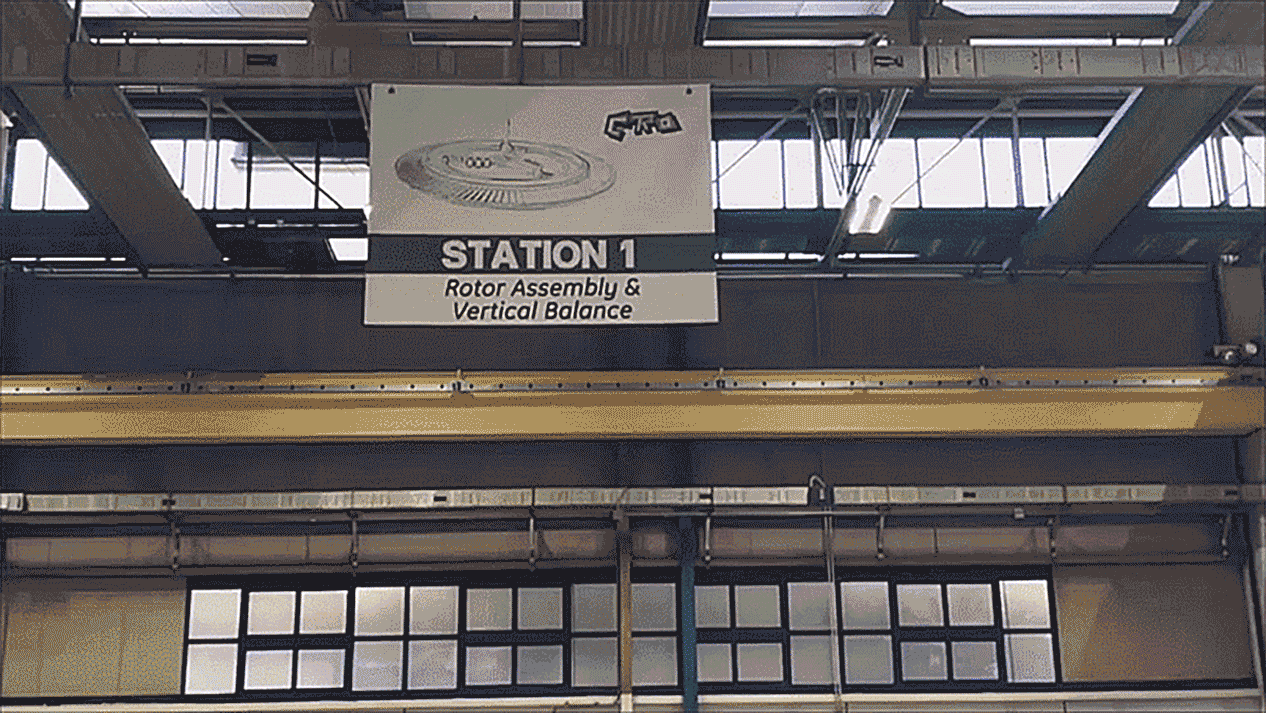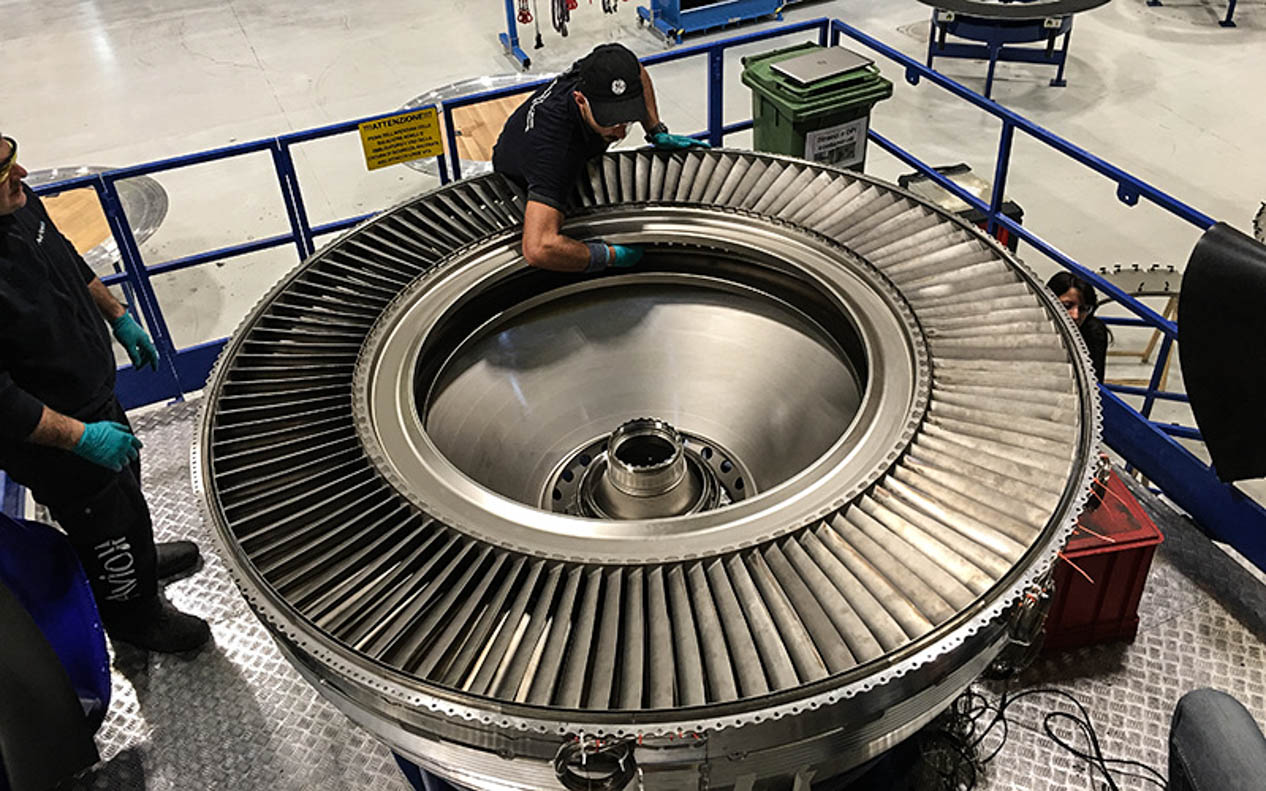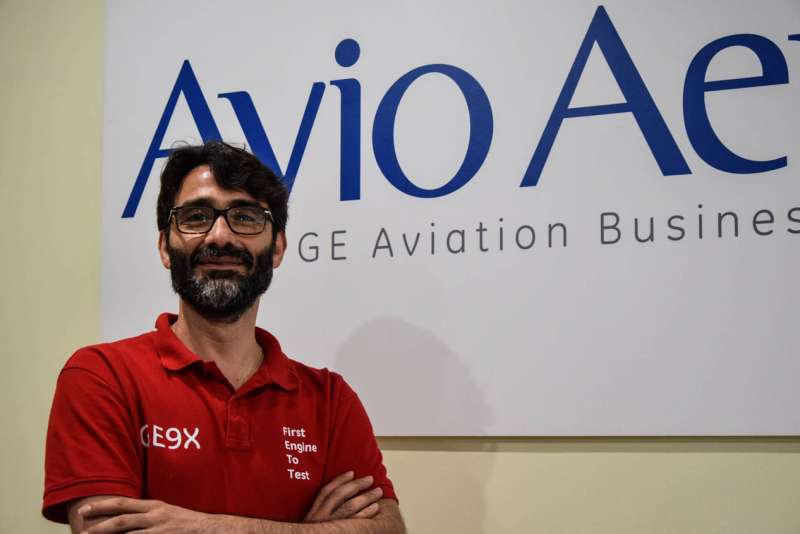Invent
From a wrench to a tablet
Digital transformation involves the way people work, their professions, and even their work tools, both in offices and in factories.
Jul 2018
A harmonious and successful collaboration between the irreplaceable creativity of man and the seemingly limitless capacity of the digital world. This is the ideal on which the concept of Industry 4.0 is based: a high degree of automation in a factory geared towards the future, within which people and machines interacting thanks to digital tools is the stuff of everyday life. The first thing we can be sure of is that no android can ever replace a human being, at least when it comes to one particularly irreproducible characteristic: free thought. The second is that new hired in factories, along with people who already work there, will see changes come about in the tools with which they work more and more often, and more quickly.
Digital transformation does, however, require time and a holistic strategy, as well as knowledge sharing and learning new skills. The first step could be to make information available in different forms compared to the past, using on an experimental basis portable media (to consolidate and evaluate performance in real operating conditions) such as wireless barcode scanners, smartphones and tablets. In Pomigliano, for example, half of the CRO (Component Repair and Overhaul) center that houses the GE9X assembly line is presented as a "blank sheet". A completely new area, construction of which was completed just three years ago. The CRO has almost half a century of history and by the '60s, 17 different types of engines were already being repaired there. In order to create the new GE9X, however, as many as 1,500 square meters of the CRO area have been transformed into two assembly lines dedicated to housing over 6,000 parts and components from various industrial sites around the world.
This is where the new advanced testing of two digital instruments has begun. The first of these is to manage assembly and review procedures, and to provide tutorials for people approaching this type of operation for the first time. "Our blank sheet, initially free of design constraints, was immediately filled with new elements and new challenges to meet customer requirements", comments Sabatino Covone, Head of Service and Assembly at CRO. "A particularly complex challenge will be the creation of a digital twin of the low-pressure turbine: an exact virtual reproduction of the low-pressure turbine, which is created not only by collecting the serial numbers of each part mounted on the turbine, but also by identifying their precise mounting position (for example, for the hundreds of rotor blades inserted on the discs)."
The tool, currently being tested, which is opening up new operating possibilities, is a mobile app called Proceedix, which provides CRO operators with assembly instructions. Those working online will be able to take on the complexity of the assembly of the giant GE9X turbine module by exploiting the digital potential. Manual and paper packs are becoming a thing of the past as multimedia procedures are introduced, with videos, audio and images that can be accessed from tablets and, in the future, through smart glasses. It is, in practice, the industrial evolution of the tutorials that so many of us have, at least once, searched for and maybe even used on YouTube.
The opportunity to work with a multimedia tool that explains what to do and how to do it will allow center staff to reduce the time spent learning by 25% and performing operations, resulting in a reduction in assembly time estimated at between 5 and 10%. Not to mention the flexibility of the tablet app, which allows you to have information literally ‘at your finger tips’, with all mounting updates available in real time. "When I first came to Avio Aero, I’d never have dreamed I’d be using a tablet in the workshop", comments Paola Brancati, Materials Control Officer in the CRO area, who took part in the testing. "Having the assembly instructions to hand will allow me to work faster, more intuitively and more accurately than using the old paper manual."
As for hardware, the low-pressure turbine of the world's next largest commercial engine, the GE9X: the first three stages of the turbine consist of 142 blades, while there are 114 blades on each stage from the fourth to the sixth. Considering that there are a total of 768 blades to be inserted on six discs of the turbine, and then adding the complexity of assembly operations with the opportunity to create a digital twin, it would not be possible to manually make the "as-built" (the drawing sent to the customer with technical information, the exact position of the parts and any changes compared to the original drawing ed.). It is precisely the need to manage this complexity that has led to the testing of a second tool, nicknamed e-PartID (electronic part identification) by digital specialists. This can uniquely identify the component and trace its flow within the workshop with multimodal techniques: for example, by simply reading a code (similar to the famous QR code) given on each single turbine’s blade. The next step will be to identify the exact position of the individual component on the disc already mounted inside the turbine.
The test results are important here. It is expected that there will be a significant decrease in component lead times (from entry into the reception area to arrival in the assembly area), as well as a reduction, practically to zero, in the risk of generating a quality non-conformity due to an error in manually inputting information. "To be successful, we need to introduce new tools into the way we work that help us improve processes by making them leaner and, at the same time, more reliable. My team is very open to innovations and contributes directly to testing these tools. I’m convinced that, thanks to this attitude, we’ll soon focus on making this area a Model Line for assemblies", concludes Covone.
The versatility of the application does not exclude other areas of application within the company. The CRO pilot could open up new usage scenarios, transforming a local experience into an operating model for other factories. The next step could even be to allow operators to go ‘hands-free’ from their tablet and to guide them through the assembly process with augmented reality visors that interact with the environment in which they find themselves. Something that Avio Aero has already started testing in another of its Repair Stations for the maintenance and repair of military engines in Brindisi.
"Our target is a factory where the digital experience is very similar to the one we live every day at home or on the move. Email, corporate social networking and Skype are already examples of this, but we need to provide new solutions in the factory as well. We're at the beginning of this path and it's very exciting: we really have the opportunity to change the way we work", says Domenico Visone. He specializes in the study of digital solutions, data analysis and digitization of processes. His working week includes hours in the factory, in contact with operators, technicians and engineers who produce parts of aircraft engines using industrial machinery. He probably never would have imagined that his degree in Electronic Engineering and his digital skills would bring him so close to the metal with which an aeronautical component is forged.







